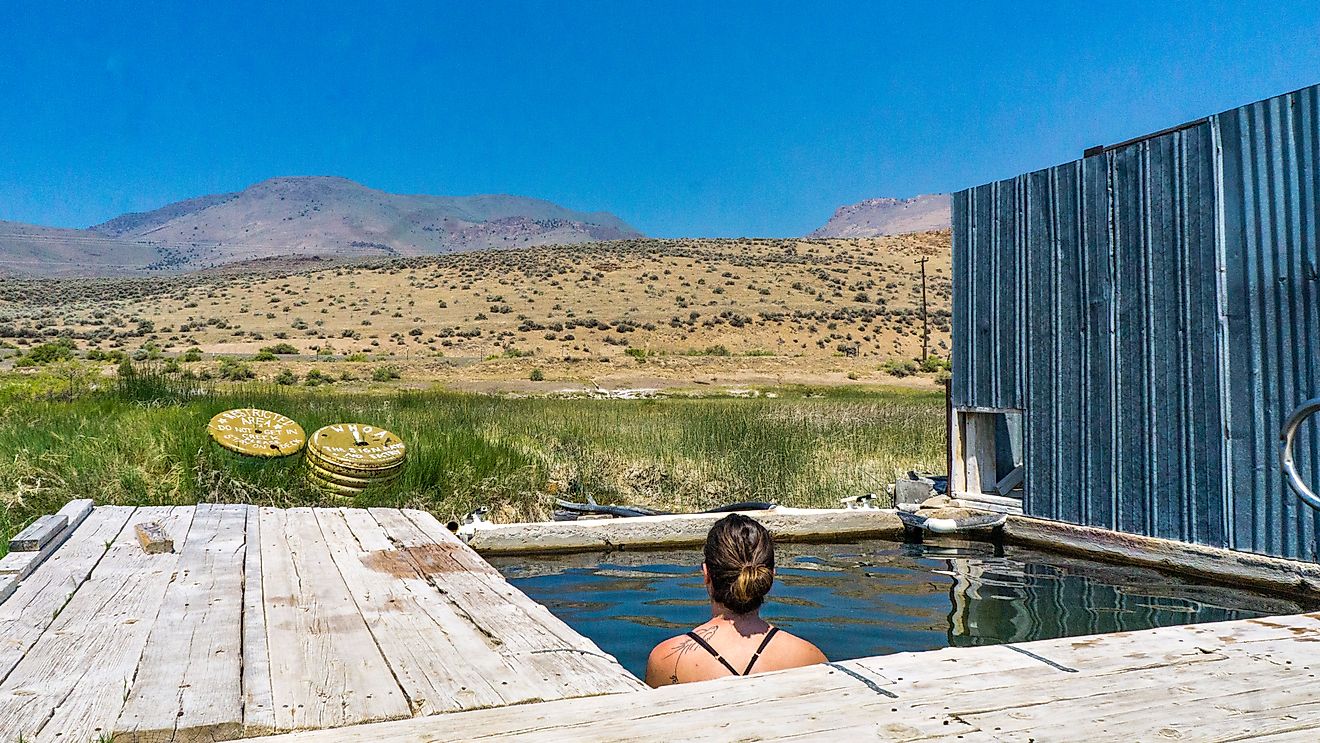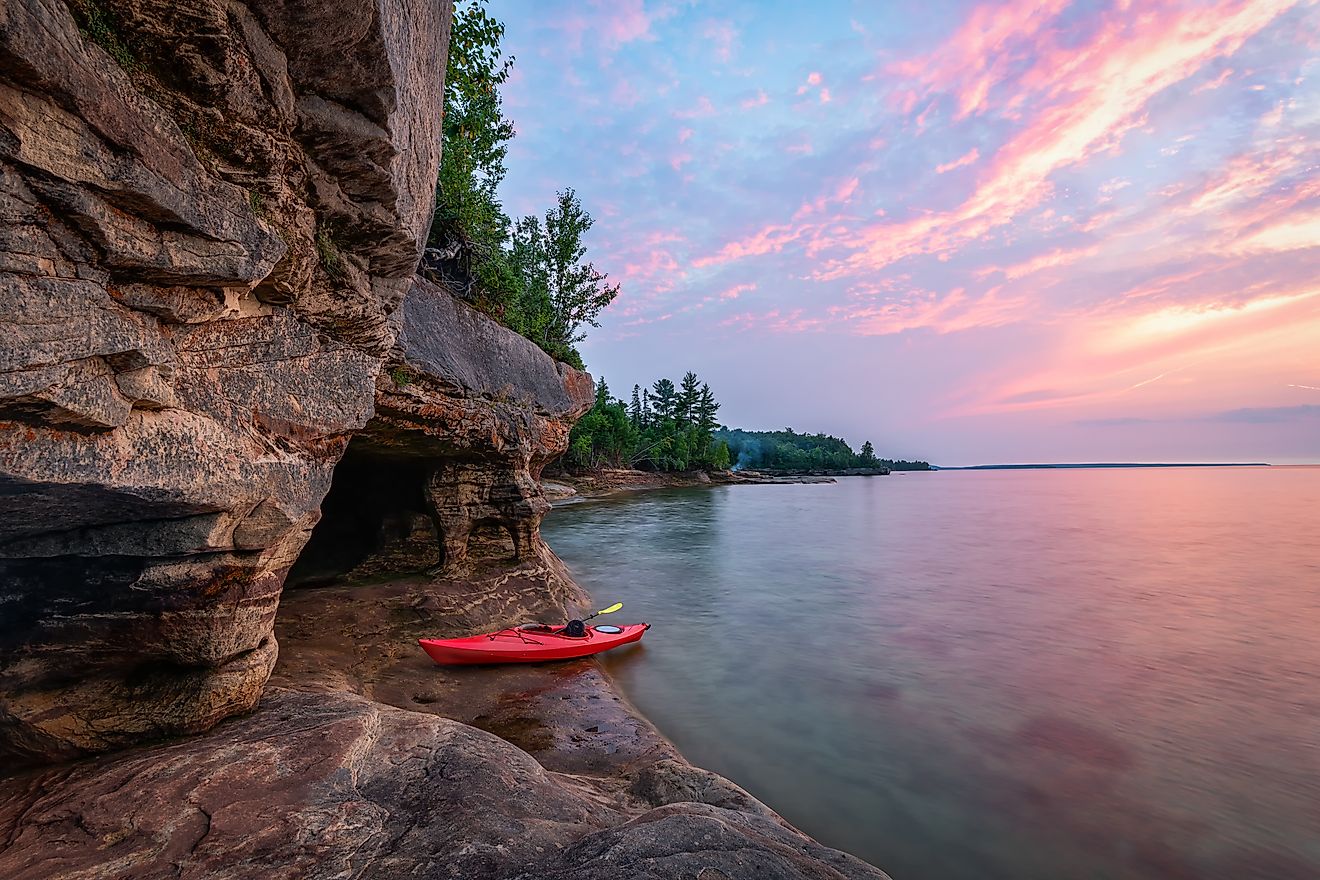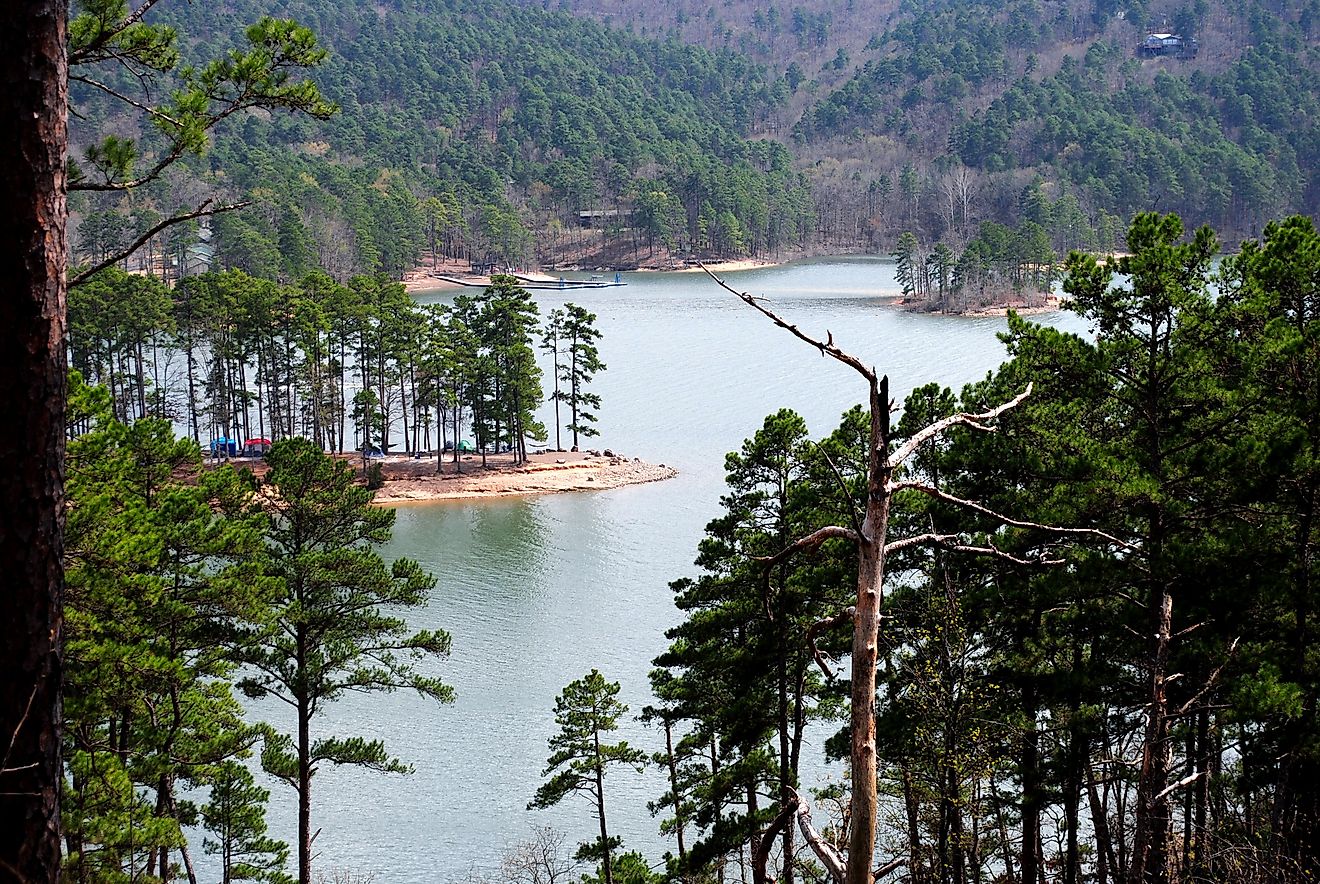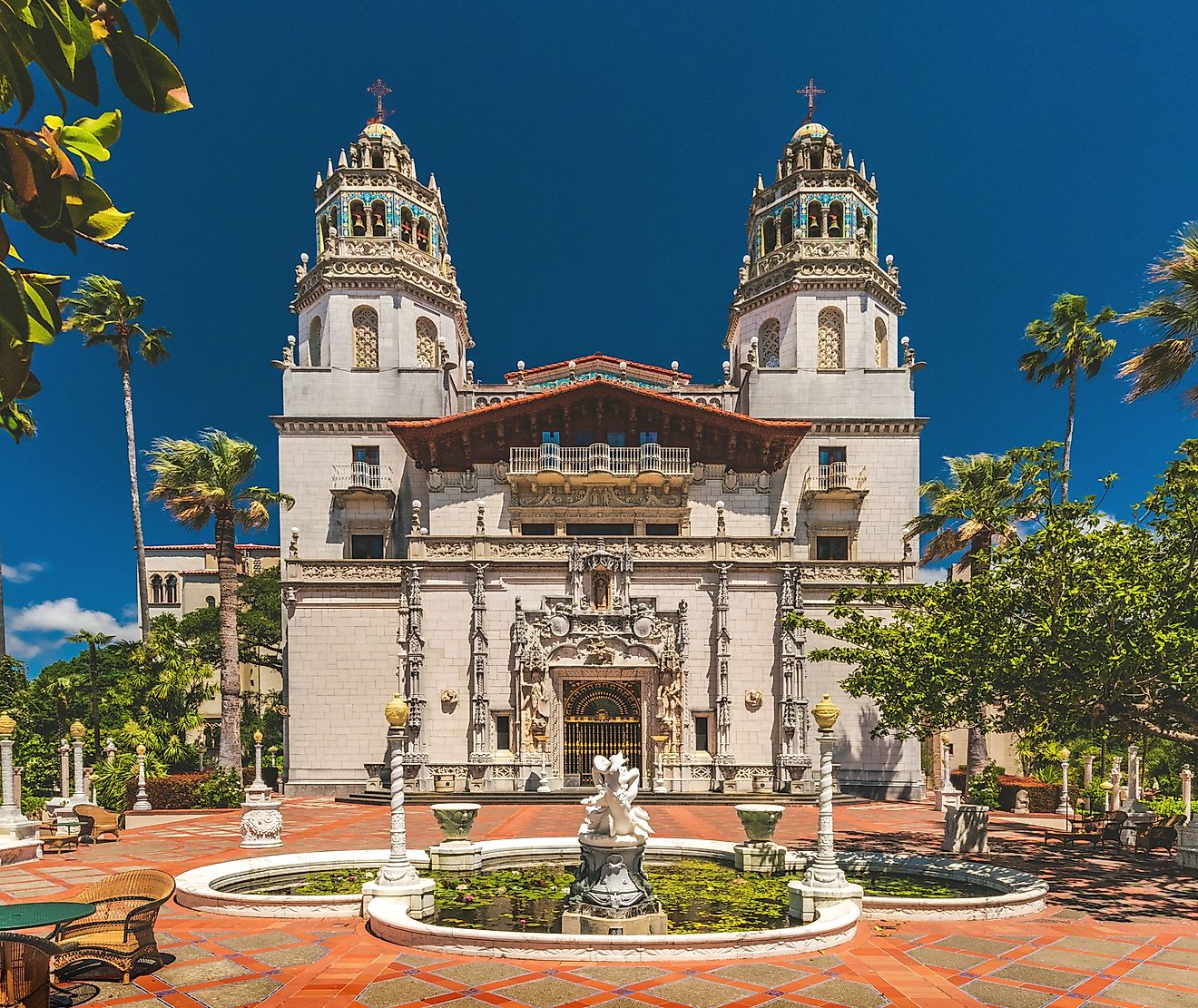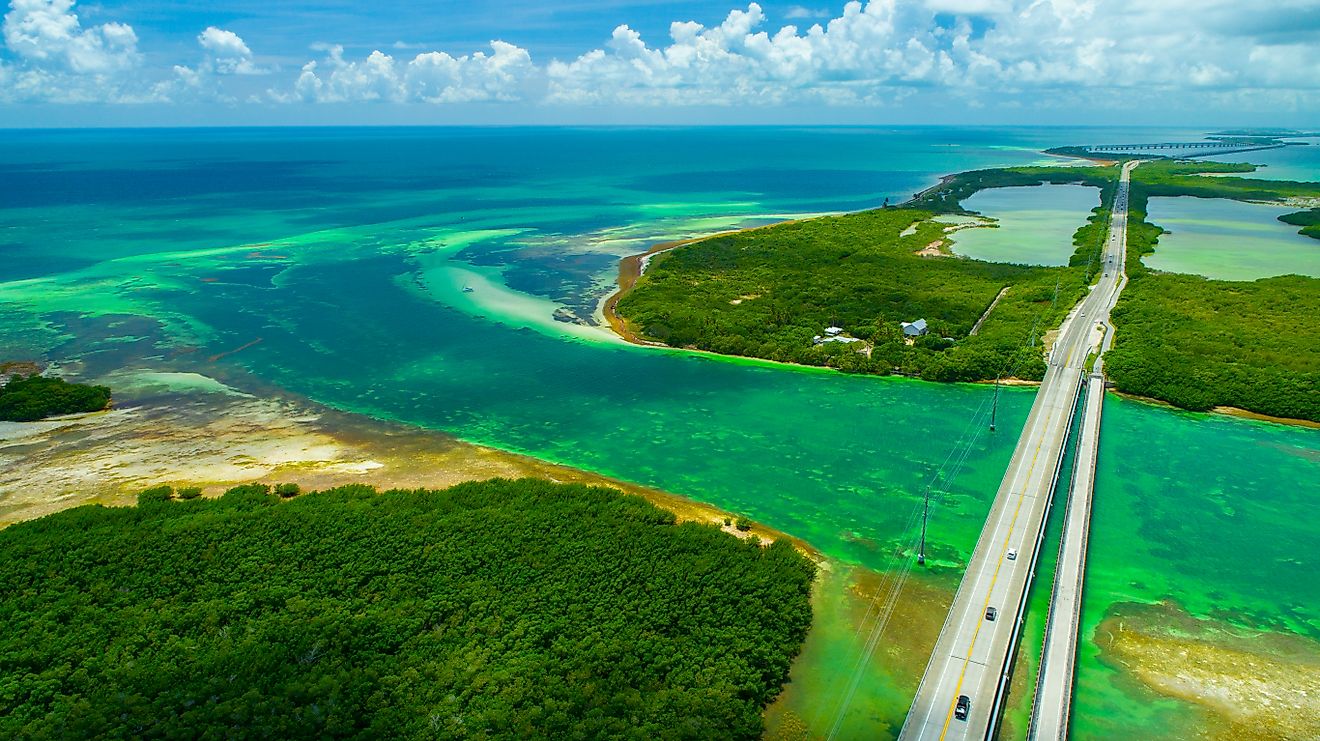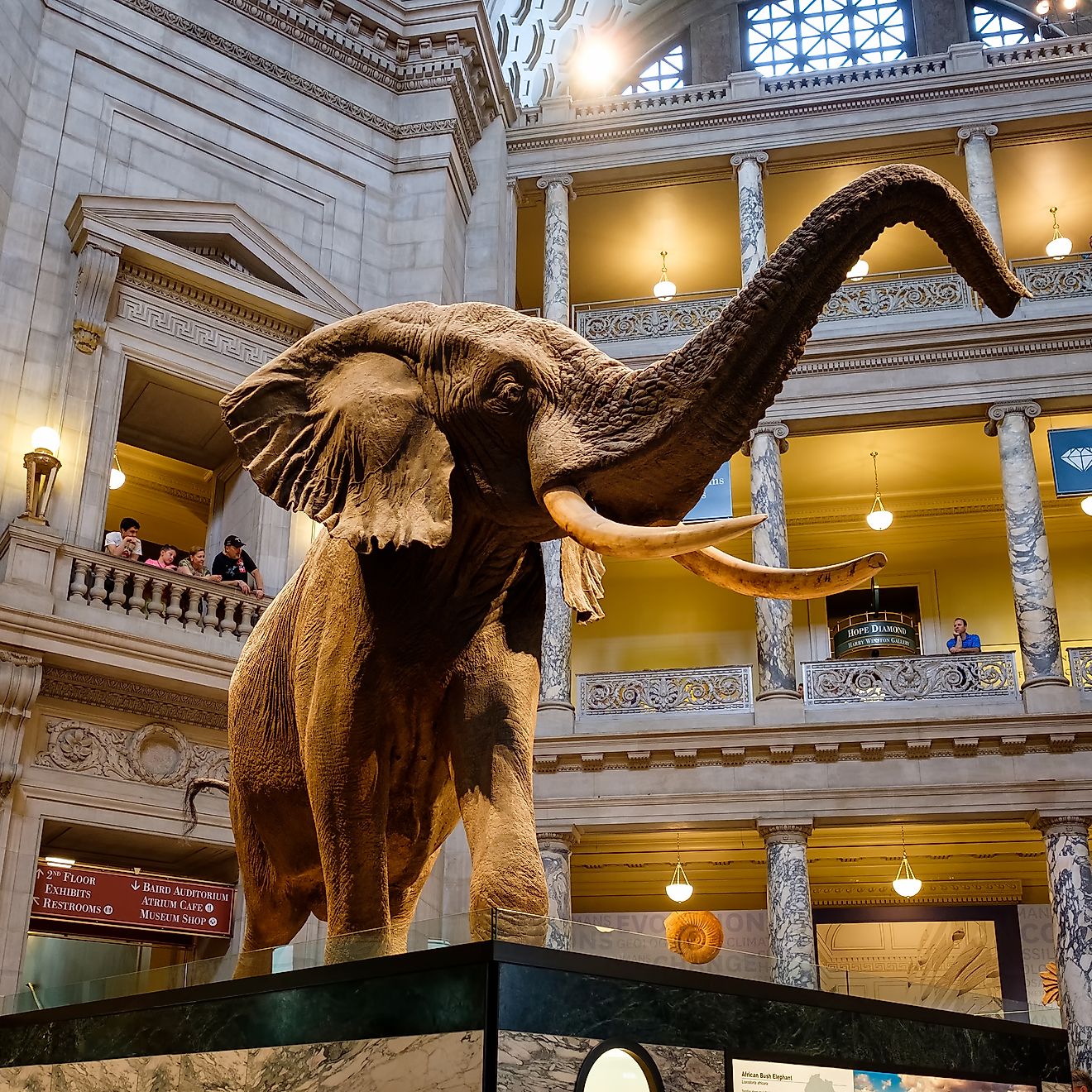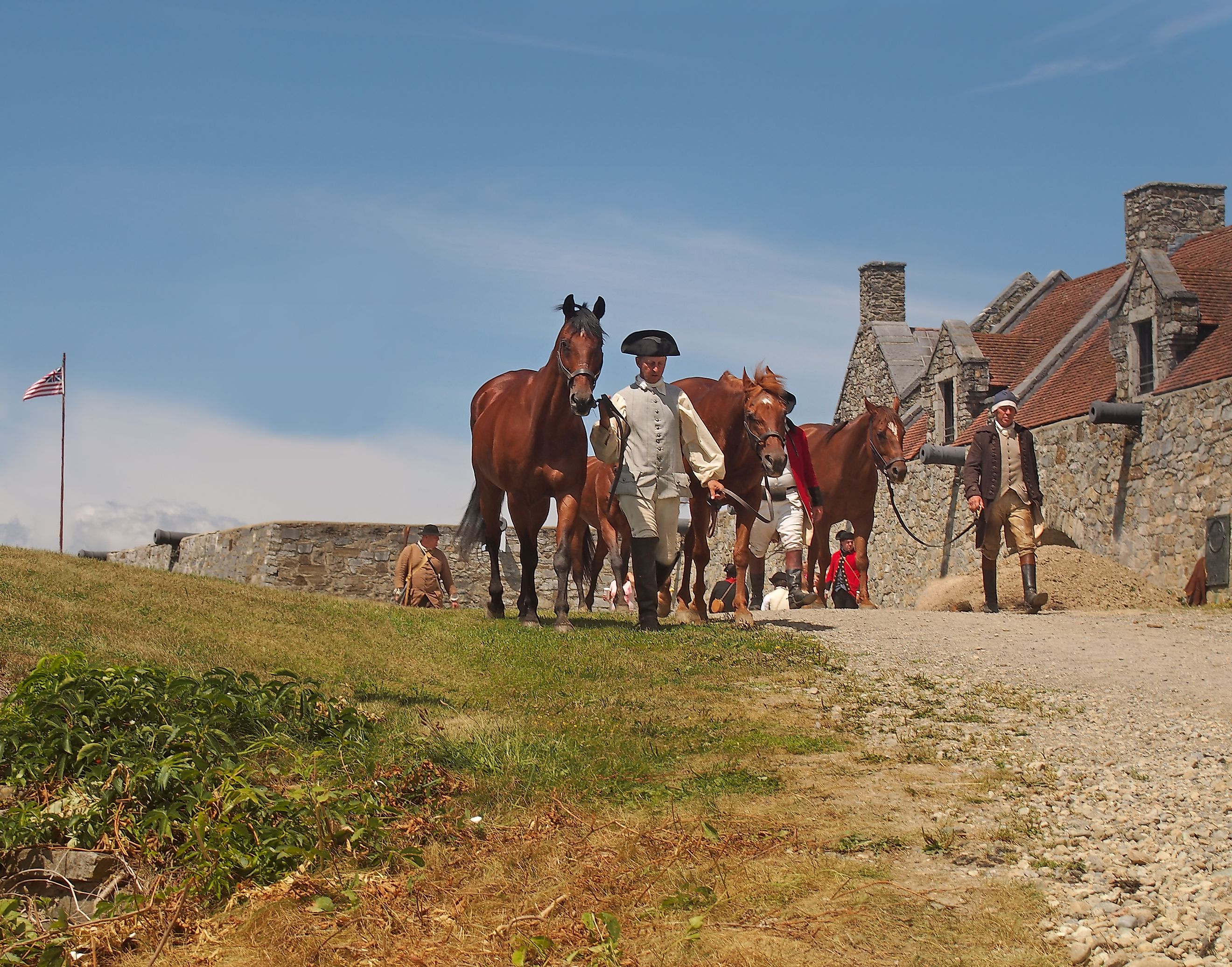
7 Historic Forts You Can Still Walk Through Today
America’s history is written not only in documents and speeches but also in stone walls, wooden palisades, and coastal bastions that still stand centuries after they were first built. Forts were once the backbone of defense for colonies, cities, and trading posts. They protected settlers, housed troops, and in some cases, became the stage for battles that shaped the future of the United States. Today, many of these sites remain remarkably intact, open to the public, and walkable in a way that makes history feel immediate and alive.
These forts are more than static monuments. They are living classrooms where the creak of old staircases, the echo of footsteps in stone corridors, and the sight of cannons pointed toward open waters remind us of the challenges faced by earlier generations. If you want to step directly into the past, here are seven historic forts in the United States you can still walk through today.
Fort McHenry (Baltimore, Maryland)
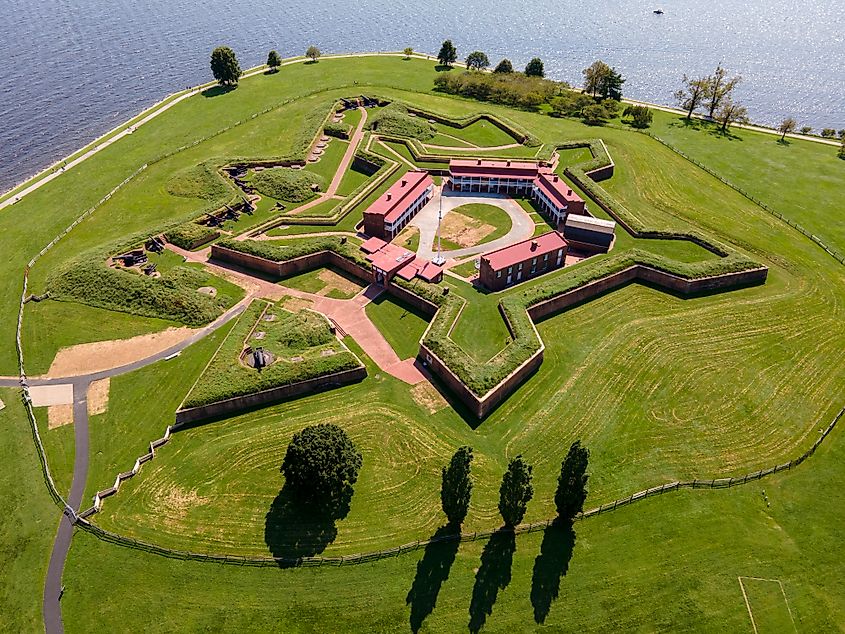
Fort McHenry stands as one of the most famous forts in American history. Built in the late 18th century, it became legendary during the War of 1812 when it successfully defended Baltimore Harbor from the British Navy in September 1814. The bombardment inspired Francis Scott Key to write “The Star-Spangled Banner,” which later became the national anthem.
Walking through Fort McHenry today, visitors find well-preserved ramparts, officer quarters, and underground powder magazines. The fort’s star-shaped design allows for sweeping views of Baltimore’s waterfront, giving a clear sense of why this location was strategically important. Exhibits explain the events of the War of 1812, while living history programs bring soldiers’ stories to life. Every corner of the fort offers a tangible connection to the resilience and symbolism that the American flag came to represent.
Castillo de San Marcos (St. Augustine, Florida)
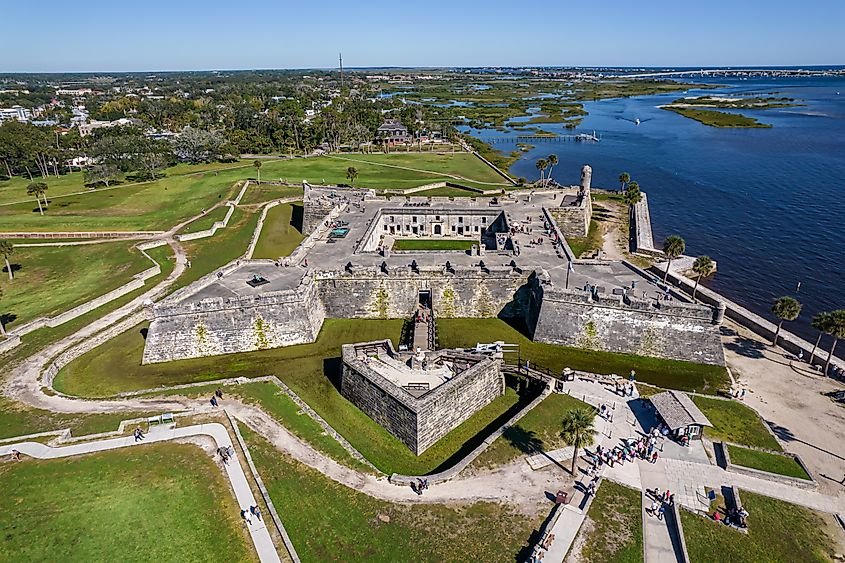
As the oldest masonry fort in the continental United States, Castillo de San Marcos is a treasure of Spanish colonial history. Built between 1672 and 1695 to defend St. Augustine, it has survived countless sieges and changed hands between Spain, Britain, and the United States. Constructed from coquina, a type of limestone made of compressed seashells, the walls proved remarkably durable against cannon fire.
Exploring the fort feels like stepping back into the 17th century. Wander through arched casemates, climb to the bastions for panoramic views of Matanzas Bay, and see demonstrations of cannon firings. The fortress tells a layered story of European rivalry, Native American displacement, and colonial ambition. Because the fort remains largely intact, it provides an authentic window into centuries of military architecture and coastal defense.
Fort Sumter (Charleston, South Carolina)
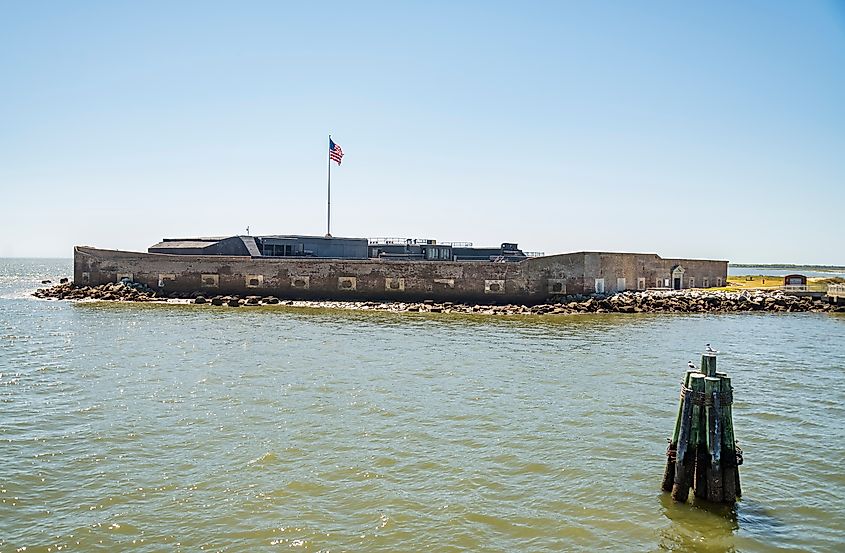
Fort Sumter occupies a central place in Civil War history. Located on an artificial island at the entrance to Charleston Harbor, it is where the first shots of the war were fired on April 12, 1861. The bombardment that followed turned a symbol of federal power into a Confederate stronghold, setting the stage for four years of conflict.
Accessible only by boat, Fort Sumter today is part of a national monument that also includes Fort Moultrie. The ruins still bear the scars of war, with brick walls pocked by cannon fire. Walking through the site, visitors can trace the timeline of the Civil War from its opening salvos to the Union’s eventual victory. The setting on Charleston Harbor makes the history feel immediate, blending natural beauty with one of the most pivotal stories in American history.
Fort Ticonderoga (Ticonderoga, New York)
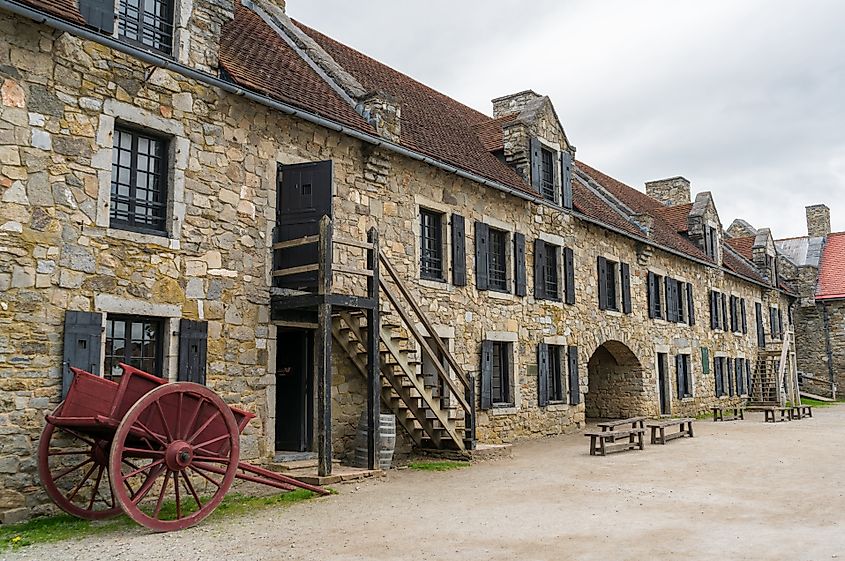
Few forts have played as many roles in different wars as Fort Ticonderoga. Built by the French in the 1750s during the French and Indian War, it later became a flashpoint in the American Revolution. In 1775, Ethan Allen and Benedict Arnold led a daring raid to capture the fort from the British, securing badly needed cannons for the Continental Army. Those cannons were later transported across the snow to Boston, helping drive the British out of the city.
Today, Fort Ticonderoga is meticulously restored and operates as a living history museum. Walking through its stone walls and reconstructed barracks provides a sense of the fort’s scale and importance. Reenactments, guided tours, and musket demonstrations immerse visitors in 18th-century military life. With Lake Champlain as a backdrop, the fort remains a stunning example of colonial fortifications and revolutionary ingenuity.
Fort Davis (Fort Davis, Texas)
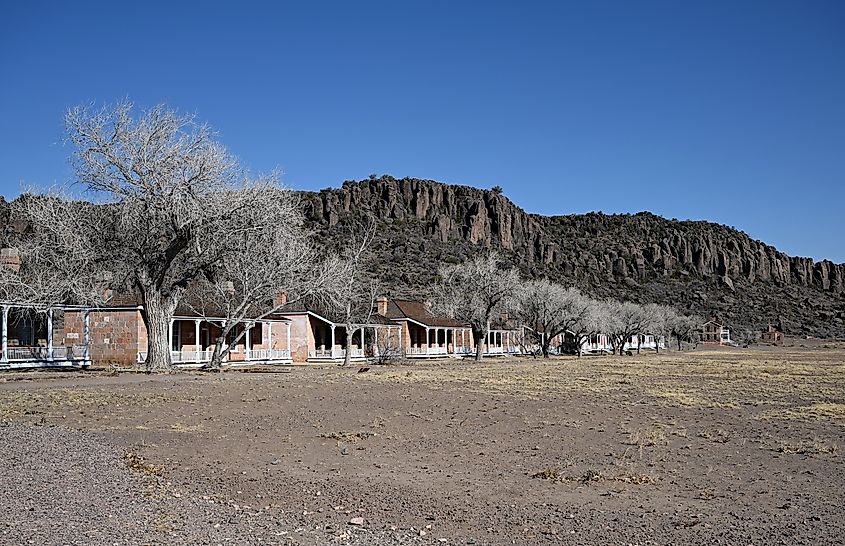
Officers' Row, Fort Davis, Texas. Editorial credit: Wikimedia Commons
In the rugged mountains of western Texas, Fort Davis tells the story of frontier defense during the mid to late 19th century. Established in 1854, the fort was strategically placed to protect travelers, mail routes, and settlers moving through the region. It became one of the most significant posts for the Buffalo Soldiers, African American troops who played a vital role in protecting the western frontier.
Visitors can still walk through the remains of more than 100 buildings, including restored officer quarters, barracks, and a hospital. Interpretive programs bring attention to the role of soldiers and their families, as well as the challenges of life in such a remote outpost. Fort Davis is not only a reminder of westward expansion but also a site where the diverse stories of military life intersected with the harsh realities of the American frontier.
Fort Jefferson (Dry Tortugas National Park, Florida)
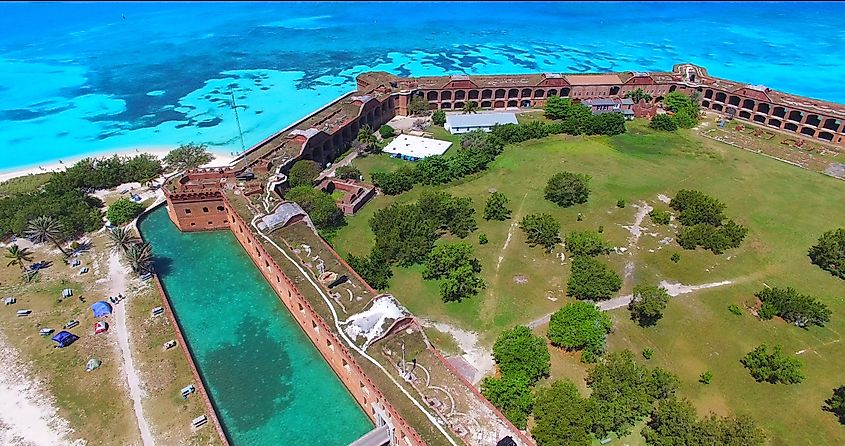
Fort Jefferson is unlike any other. Located on a cluster of small islands 70 miles west of Key West, it is the largest brick masonry structure in the Western Hemisphere. Construction began in 1846, but the fort was never fully completed. Despite this, it served as a Union stronghold during the Civil War and later as a prison. Its most famous prisoner was Dr. Samuel Mudd, who was convicted of conspiring with John Wilkes Booth after the assassination of Abraham Lincoln.
Reaching Fort Jefferson requires a boat or seaplane, adding to its sense of isolation. Once there, walking the massive walls and exploring the casemates reveals a scale that is staggering. Surrounded by turquoise waters and coral reefs, the fort’s location feels both remote and dramatic. The blend of natural beauty and historical architecture makes Fort Jefferson one of the most unique sites in the National Park System.
Fort Point (San Francisco, California)
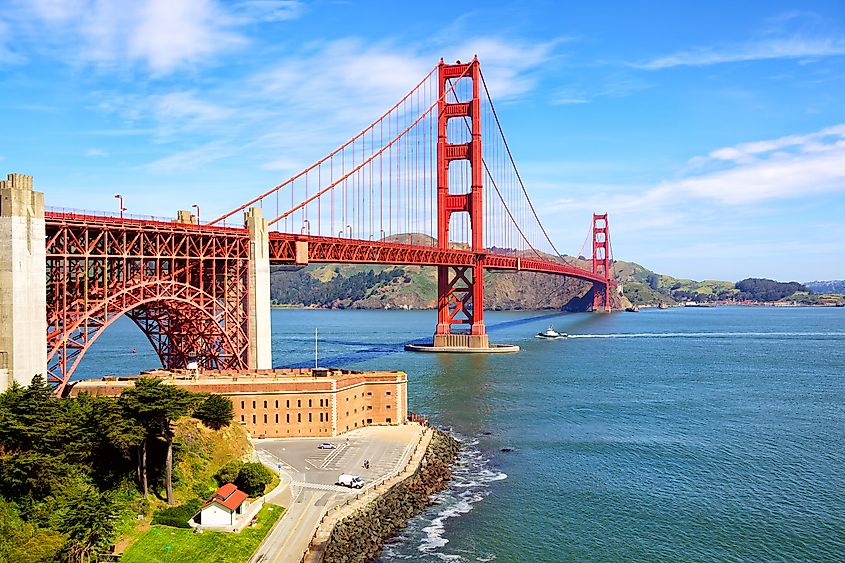
At the foot of the Golden Gate Bridge stands Fort Point, a Civil War-era masonry fort built to protect San Francisco Bay. Constructed in the mid-19th century, it was part of a national effort to strengthen coastal defenses. Although it never saw battle, its strategic design reflected the military priorities of the time.
The fort remains remarkably intact, with arched brick corridors, gun placements, and sweeping views of the Pacific Ocean. Its location directly beneath the Golden Gate Bridge creates one of the most striking juxtapositions of old and new in American architecture. Walking through the fort offers insight into both Civil War-era defense systems and the evolution of San Francisco into a major port city.
Walking Through History Today
Historic forts are more than preserved relics. They are places where architecture, geography, and human ambition collide to tell stories of defense, expansion, and survival. Each of these forts reflects a different chapter of American history, from colonial struggles and revolutionary battles to frontier defense and coastal security.
Walking through their corridors allows for a direct connection to the past. Instead of reading about battles and treaties in textbooks, see the very walls that sheltered soldiers, the ramparts that faced enemy fire, and the grounds where decisive moments played out. These forts remain vital not only because they survived but also because they continue to educate, inspire, and remind us of the endurance of history.
Summary Chart: 7 Historic Forts
| Fort Name | Location | Historical Era | Notable Events/Features |
|---|---|---|---|
| Fort McHenry | Baltimore, Maryland | War of 1812 | Inspired “The Star-Spangled Banner” |
| Castillo de San Marcos | St. Augustine, Florida | Spanish Colonial (1670s) | Oldest masonry fort in the US |
| Fort Sumter | Charleston, South Carolina | Civil War (1861–65) | Site of first Civil War shots |
| Fort Ticonderoga | Ticonderoga, New York | French and Indian War, Revolution | Captured by Ethan Allen and Benedict Arnold |
| Fort Davis | Fort Davis, Texas | Mid-late 1800s Frontier | Key post for Buffalo Soldiers |
| Fort Jefferson | Dry Tortugas, Florida | Civil War | Largest brick masonry fort, prison site |
| Fort Point | San Francisco, California | Mid-1800s, Civil War | Coastal defense fort beneath Golden Gate Bridge |
